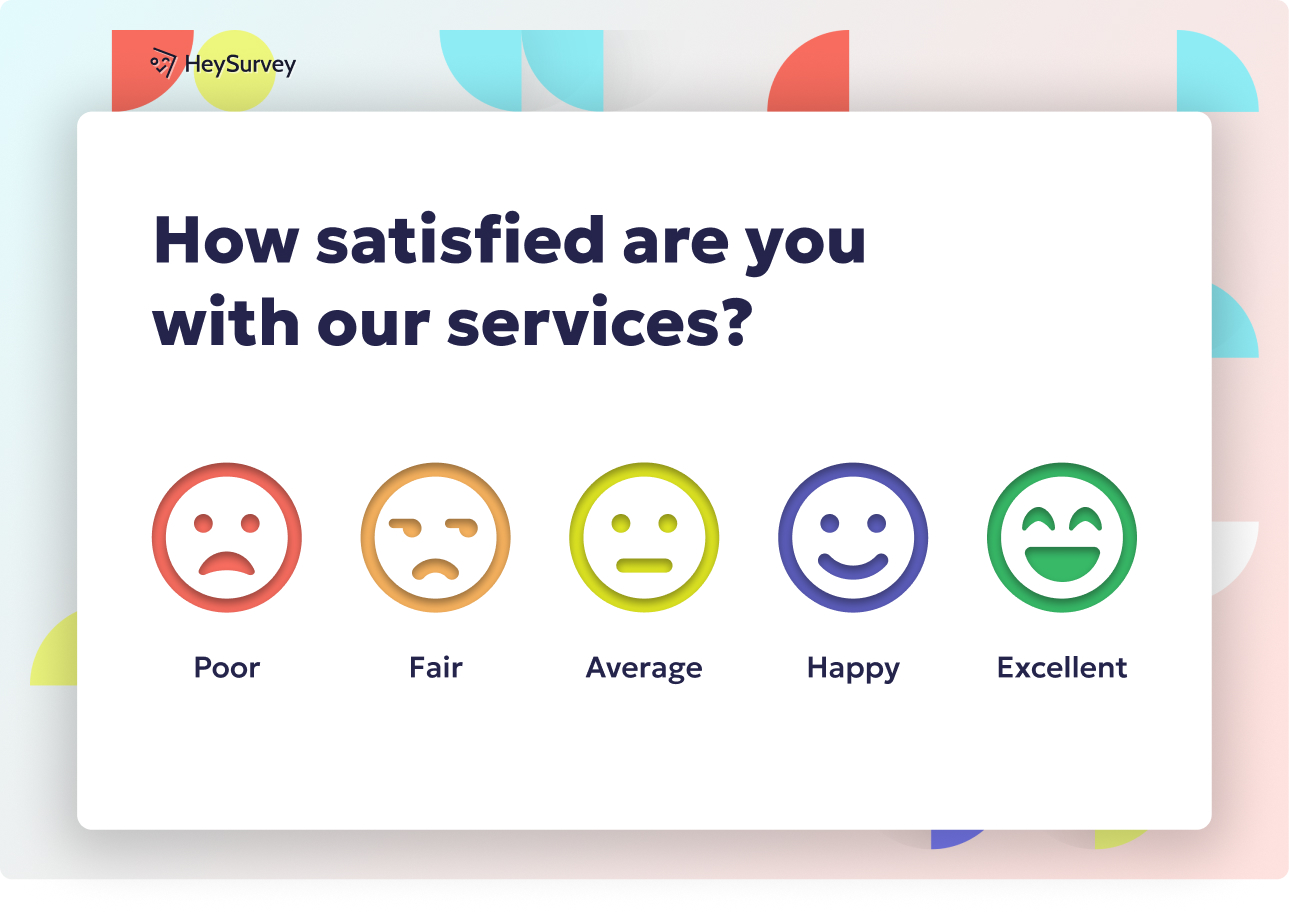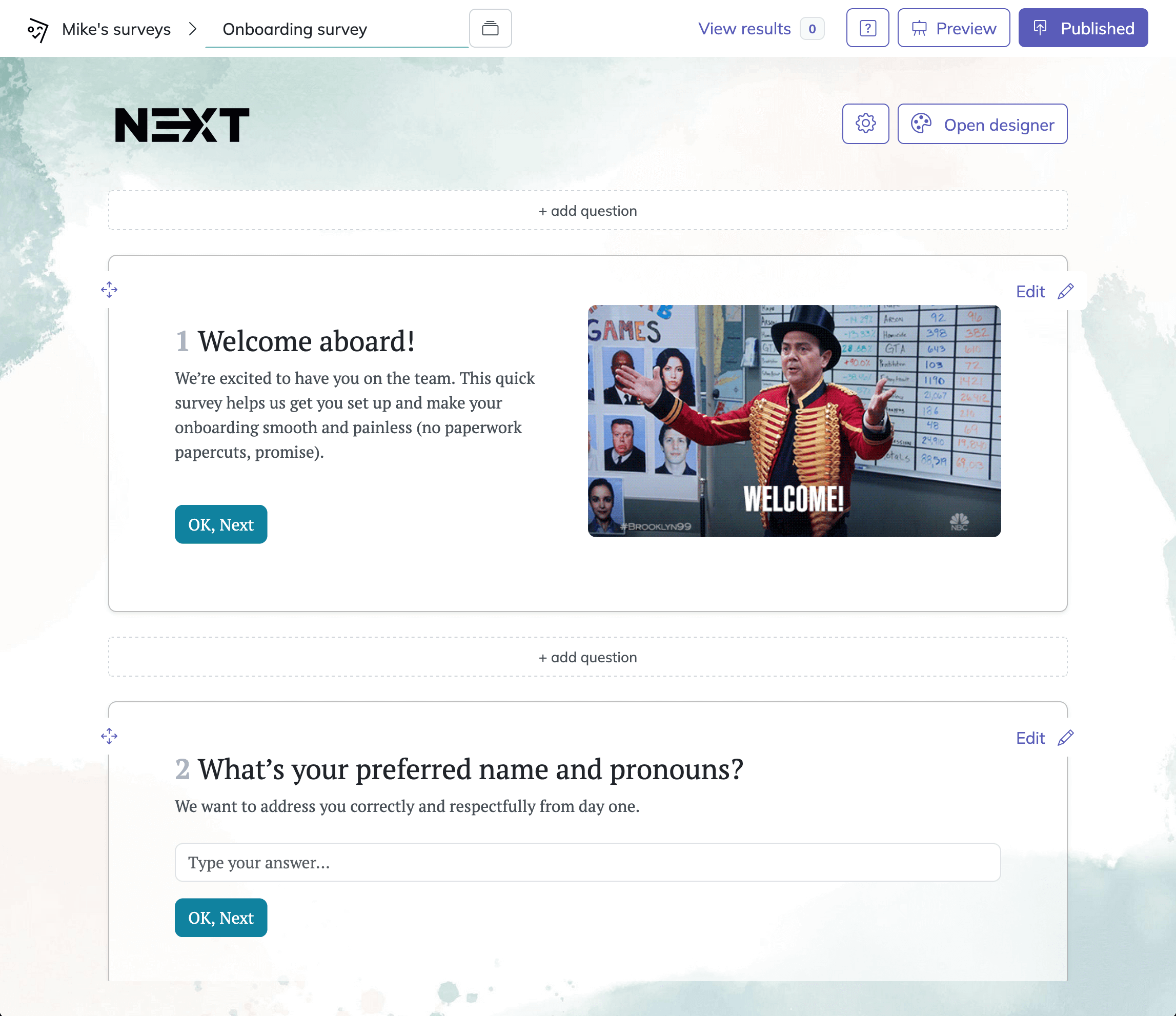30 Fun Survey Questions for Students: Ideas & Engagement Tips
Discover 25+ fun survey questions for students to boost engagement, build rapport, and gather insights with interactive classroom surveys.
Fun, interactive surveys can completely transform a classroom. When questions are playful, friendly, and unexpected, students want to join in. Student engagement increases, teachers learn more about their learners, and everyone feels more connected. “Interactive classroom surveys” can reveal what students love, how they learn best, and boost “social-emotional learning” with every click. Let’s dive in—below you’ll find seven types of fun questionnaire ideas for your next class survey.
Icebreaker & Getting-to-Know-You Surveys
Why and When to Use This Type
Icebreaker surveys work wonders at the start of any school year, new semester, or group activity. They’re also perfect for virtual lessons when faces are new and screens can feel impersonal. Opening with a few light questions melts away nervousness and turns strangers into classmates.
- Trust is built quickly.
- Students feel acknowledged as individuals.
- Jitters lessen—because humor and curiosity replace fear.
You’ll also learn little quirks, hobbies, and the names students prefer, including preferred pronouns. These details help create a warm classroom where everyone feels recognized. Use these surveys:
- On the first day of school.
- When starting small-group projects.
- For welcoming transfer or virtual students.
With just a few minutes invested, teachers and students can kick off connections that boost participation all year. Ready to ask something more creative than “What’s your favorite color?” Here’s a set to try!
5 Sample Questions
If you could turn any school rule into a superpower, what would it be?
Which emoji best represents your personality and why?
What’s the most unusual food you’ve ever tried?
Describe your perfect weekend using only three words.
You’ve just won a ticket to anywhere—where are you going?
Icebreaker activities significantly enhance student engagement and participation by fostering a sense of community and connectedness among peers. (researchgate.net)
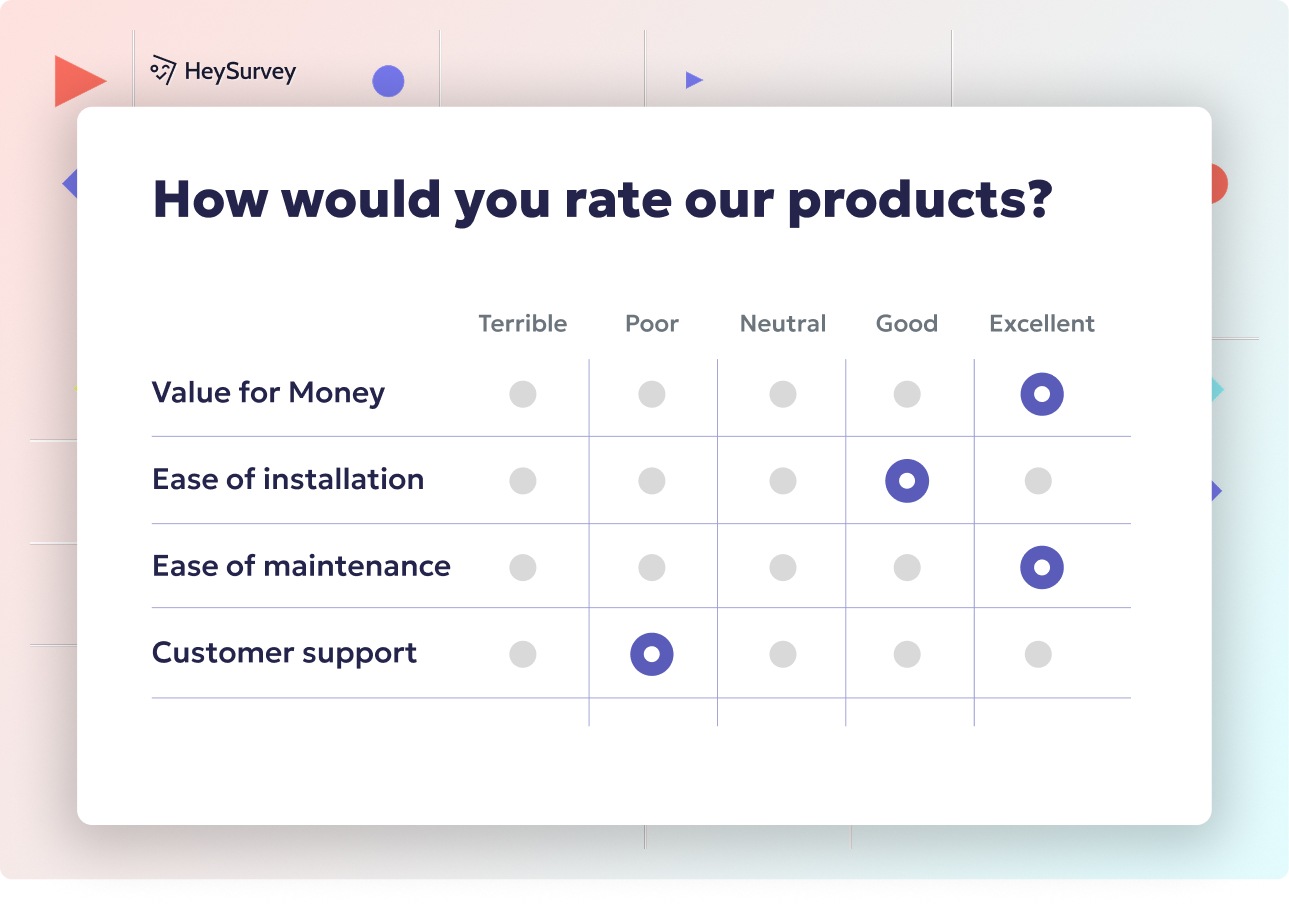
Creating a fun and engaging student survey with HeySurvey is simple and quick. Just follow these easy steps to get started, add your questions, and share your creation with your students in no time.
Step 1: Create a New Survey
- Head to the HeySurvey website and click Create New Survey.
- You can start from scratch or pick a template that fits your survey style.
- Give your survey a name that describes the topic, like “Icebreaker Fun” or “Study Habits Check-In.”
- Once created, you’ll be taken into the Survey Editor where you can start adding questions.
Step 2: Add Your Questions
- Click the Add Question button at the top or between existing questions.
- Choose the question type that suits your needs—text input, multiple choice, rating scales, and more.
- Type in the question text and add any instructions or images if you want to jazz it up.
- Mark questions as required if they’re essential for students to answer.
- Repeat until your survey has all the questions you want.
Step 3: Publish Your Survey
- When your questions are ready, click Preview to test how it looks and feels on mobile or desktop.
- Adjust appearance and layout in the Designer Sidebar if needed.
- Click Publish to finalize and get a shareable link you can send to students.
- Note: You’ll need a HeySurvey account to publish and view results.
Bonus Step 4: Apply Your Branding
- Add your school or class logo to the top left corner for a personal touch.
- Customize colors, fonts, and backgrounds to match your classroom vibe via the Designer Sidebar.
Bonus Step 5: Define Settings or Skip into Branches
- Set start and end dates for when the survey is open to students.
- Choose if you want to limit total responses or redirect students to a special page upon completion.
- Use branching logic to guide students to different questions based on their previous answers—making the experience more dynamic.
Ready to launch? Start by opening a survey template below and customize it your way with HeySurvey’s easy tools!
Pop Culture & Entertainment Preference Surveys
Why and When to Use This Type
Pop culture is the secret language of students. Tapping into it bridges generational gaps and brings diverse interests into the open. Entertainment surveys are a hit during media studies, language arts, or to spark Friday fun and discussions.
- Keep survey content relevant and relatable.
- Plan classroom reward days based on actual student interests.
- Use popular trends as hooks for reading, writing, or media analysis.
Teachers can use insights from these responses to weave current media references into lessons, making content stick. Administrators and event planners also gauge interests for spirit weeks, movie nights, and more.
Try these surveys:
- As icebreakers for creative writing prompts.
- Before planning club or media-themed days.
- When choosing films, novels, or memes for class debates.
Sparking discussion with pop culture themes ensures students feel heard, seen, and excited.
5 Sample Questions
Which current song could be the soundtrack of your school year?
Marvel, DC, or “I prefer documentaries”—which team are you on?
Which streaming series are you secretly binge-watching?
If TikTok disappeared tomorrow, which app would you migrate to?
What fictional character would make the best class president?
Incorporating pop culture elements into classroom activities enhances student engagement and fosters better connections between students and educators. (researchgate.net)
Study Habits & Learning Style Surveys
Why and When to Use This Type
Every student learns a little differently—unlocking study habits with a survey can change everything. These surveys shine before big exam seasons, during tutoring cycles, or for planning IEP and 504 accommodations.
- Teachers discover who prefers group studies, silence, or background music.
- Counselors gather data for actionable support.
- Ed-tech teams shape features based on student usage trends.
Survey questions offer a peek into the real ways students process and retain knowledge. Insights could uncover the power of visual aids or the magic snack that fuels studying!
Use these surveys:
- Before finals, midterms, or standardized tests.
- When launching tutoring or homework help programs.
- To prepare for parent-teacher or IEP meetings.
A little friendly introspection creates a community that studies smarter—not just harder.
5 Sample Questions
Are you a night-owl, early bird, or “whenever the Wi-Fi works” learner?
Which study snack fuels your brain best?
Do you remember material better by reading, listening, or hands-on doing?
How long can you focus before you need a five-minute break?
Complete the sentence: “I wish teachers would stop ______ during reviews.”
Classroom Climate & Well-Being Check-Ins
Why and When to Use This Type
Checking in on students' well-being is more than just a buzzword—it’s essential for a positive learning climate. Climate and SEL surveys spot stress, highlight support needs, and open lines of communication.
- Ideal for weekly homerooms or post-assembly reflections.
- Track student satisfaction and happiness trends over time.
- Teachers can address concerns before they become problems.
Such surveys offer an anonymous channel for students to voice feelings. They give everyone—from classroom teachers to school counselors—a chance to fine-tune the environment for safety and kindness.
Use these surveys:
- To spot early signs of bullying or burnout.
- After testing seasons, holidays, or major school transitions.
- As weekly or monthly well-being check-ins.
Stress, excitement, and school spirit are often invisible. These surveys make them seen—and actionable.
5 Sample Questions
On a scale of “Monday” to “Friday,” how’s your mood today?
Which classroom corner feels the most relaxing to you?
When was the last time someone made you smile at school?
What’s one small change that could improve our class vibe?
If stress were weather, what forecast would you give today?
Incorporating affiliative humor into classroom surveys can significantly boost student motivation and effort. (arxiv.org)
Technology & Social Media Habit Surveys
Why and When to Use This Type
Digital citizenship starts by knowing how students use technology. Tech and social surveys uncover who’s a meme whiz, who’s struggling with Wi-Fi woes, and what platforms dominate real student workflows.
- Perfect for lessons on online safety and etiquette.
- Ed-tech pilots can be tailored for “real world” student device habits.
- Open opportunities for digital literacy instruction that feels modern.
Whether it’s for a device policy review, cyberbullying unit, or app-themed class starter, knowing what’s trending helps teachers meet students where they are—screen and all.
Use these surveys:
- Before digital citizenship or Internet safety lessons.
- When making decisions about device access or blocking certain websites.
- Prior to launching new online learning platforms.
Expect a few surprises—students’ app favorites evolve fast!
5 Sample Questions
Which app steals the biggest slice of your screen time pie?
How many tabs are open on your laptop right now?
Should memes count as a new literary genre—yes or no?
Rate your Wi-Fi drama on a scale from “dial-up” to “fiber.”
What’s the last thing you Googled for homework help?
Extracurricular & Hobbies Interest Surveys
Why and When to Use This Type
What students do outside class can shine a light on hidden passions and leadership skills. Hobbies and club-surveys help schools offer relevant programs and create a more vibrant campus life.
- Supports club fair planning and afterschool program design.
- Guides grant proposals and funding for new initiatives.
- Uncovers new ideas for elective classes, workshops, and spirit events.
These surveys are best used before new seasons, or anytime teachers want to let students showcase unique talents and hobbies. Letting learners vote on what matters to them creates a more inclusive activity roster.
Use these surveys:
- Before introducing new clubs, sports, or creative programs.
- To help students suggest or run their own workshops.
- When making a case for resources or expanding extracurricular offers.
Teachers, coaches, and administrators benefit from knowing the pulse of student interests.
5 Sample Questions
If our school started a podcast club, would you hit “record” or “skip”?
What sport or activity do you wish we offered?
Which hobby makes you lose track of time?
Are you more likely to volunteer for art, athletics, academics, or activism?
Which skill would you teach if you could run a one-day workshop?
Future Goals & Aspirations Surveys
Why and When to Use This Type
Dream big or small—surveying goals and aspirations helps schools align with student ambitions. Career days, mentorship pairings, and senior projects all benefit from knowing where students see themselves in the future.
- Used during career awareness days and counseling sessions.
- Helps staff shape curriculum to match long-term ambitions.
- Spotlights future leaders, inventors, and changemakers within your class.
Administrators, guidance counselors, and project mentors use these responses to personalize guidance and build robust, student-driven planning. Students also get a nudge to reflect on their hopes, values, and areas for growth.
Try these surveys:
- At the start or midpoint of the year for goal-setting.
- As part of advisory or one-on-one guidance meetings.
- When forming partnerships with local employers or shadowing programs.
Empowering students to share their “why” creates purposeful classrooms and deeper learning.
5 Sample Questions
If you could job-shadow anyone for a day, who would it be?
What invention do you hope exists by the time you graduate college?
Describe your dream workplace dress code—suits, sneakers, or spacesuits?
What’s one global problem you’d like to help solve?
In ten years, which hashtag do you hope describes your life?
Best Practices & Dos and Don’ts for Crafting Fun Student Surveys
Dos
For “student survey best practices,” a few tricks ensure your surveys are a hit. Keep questions short and clear—students have short attention spans, and convoluted wording can be intimidating.
- Mix multiple-choice and open-ended questions for a range of responses.
- Ensure responses are anonymous whenever possible.
- Test surveys on mobile devices—many students will answer there first!
Using plain, accessible language makes surveys inclusive for all learners. A few tweaks create a welcoming survey environment that encourages honesty.
Don’ts
There are also some classic pitfalls to avoid. Don’t ask leading or overly personal questions.
- Don’t ignore accessibility considerations—use readable fonts and alt text.
- Avoid surveys that drag on; keep completion time under 10 minutes.
- Never collect sensitive personal data without clear consent.
Ignoring these points leads to low participation and unreliable data. Stay student-centered—and your survey will have buzz in every hallway.
Adapting for Classroom Culture
The secret to a great survey? Make it your own. Pick and tweak questions to fit the age group, subject, and classroom vibe.
- Adapt theme and tone to match your students’ interests each term.
- Use surprising, playful language for maximum engagement.
- Swap sample questions seasonally to spark new laughs and insights.
Remember, surveys are more than forms—they’re a powerful way to build community and advocate for student voice.
Fun surveys can unlock laughter, deeper learning, and trustworthy data for everyone in your school community. Whether you’re a teacher, admin, or tech leader, engage your students with questions that count. Your next interactive classroom survey is just a scroll away—why not start building a more connected class culture today?
Related Student Survey Surveys
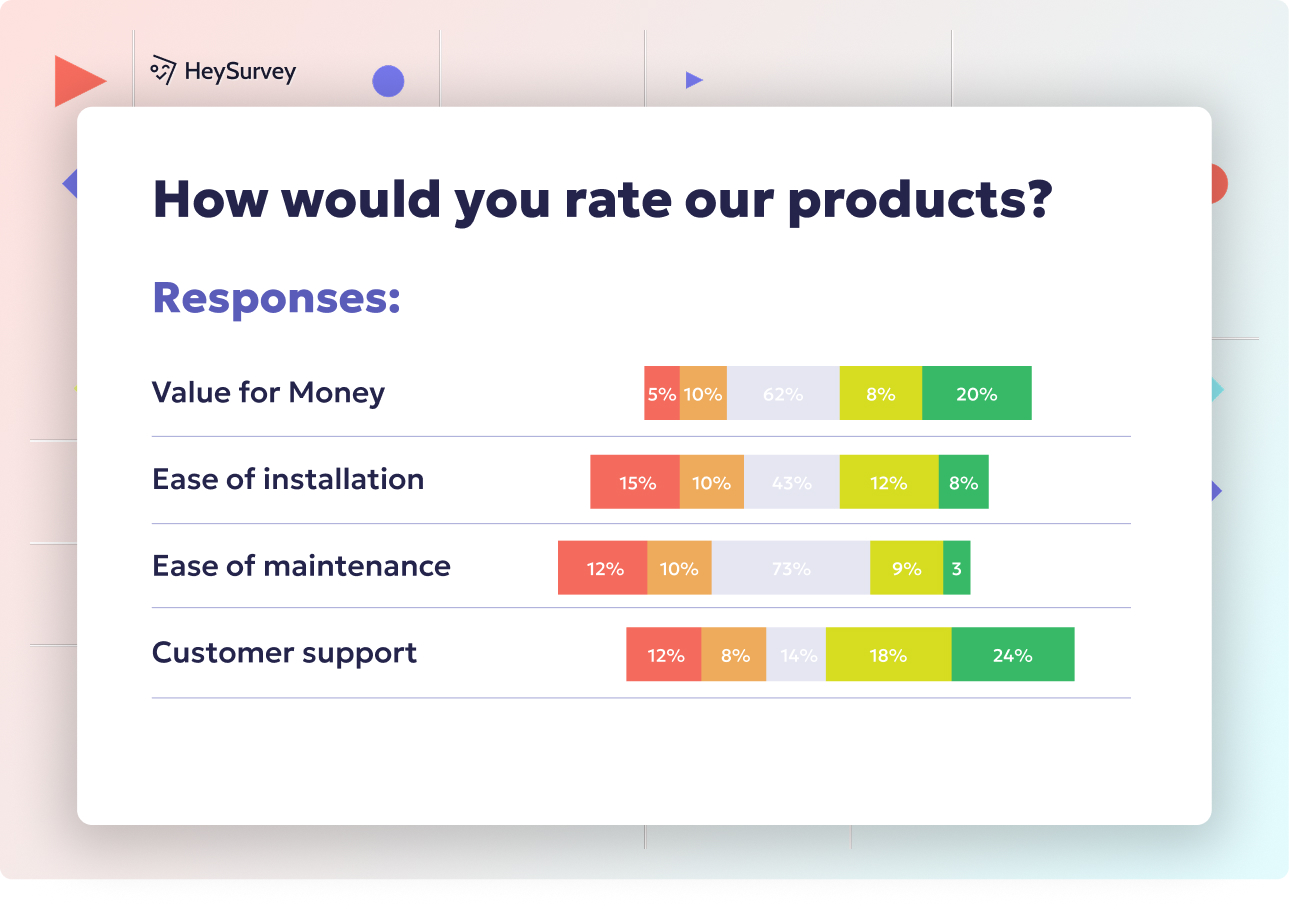
31 Survey Questions Examples for Students to Improve Learning
Discover 28 survey questions examples for students across 6 key types to boost engagement, feedba...
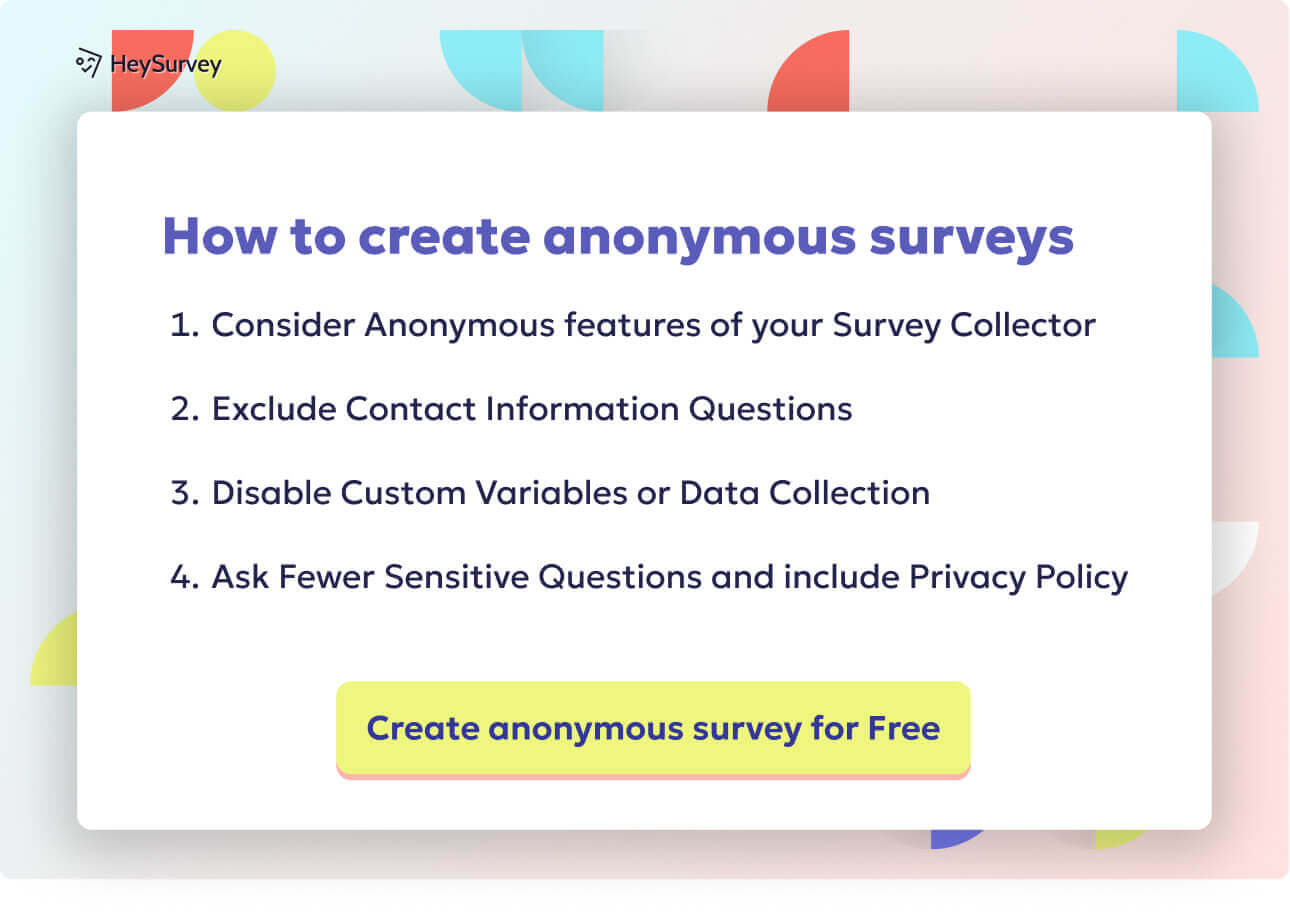
29 Class Survey Questions: Proven Templates for Every Stage
Discover 40+ proven class survey questions with detailed templates for every course stage to boos...

30 Survey Questions for Students: 6 Types & When to Use Them
Explore 6 powerful survey types with 30+ sample survey questions for students to boost engagement...
